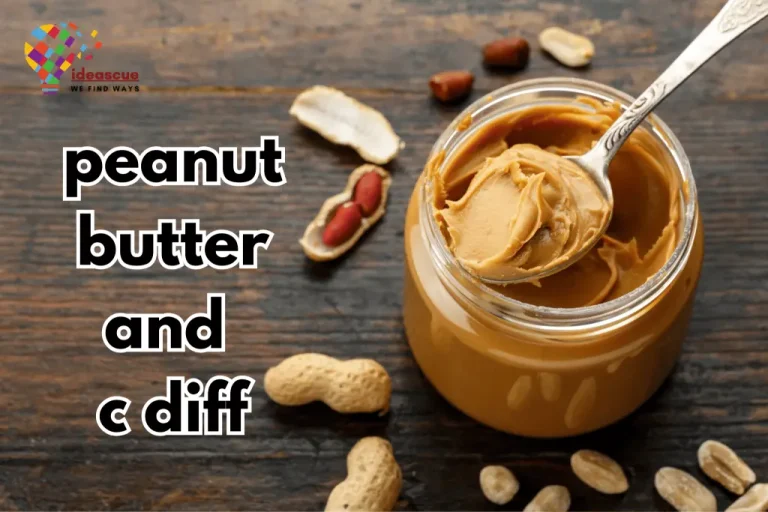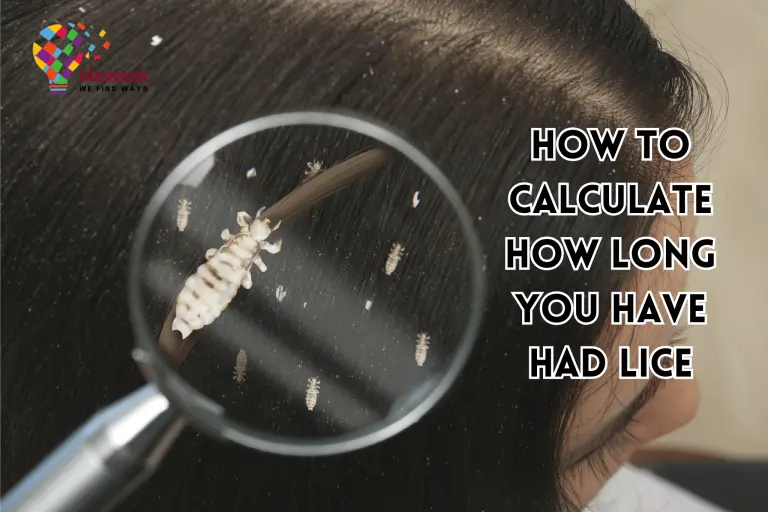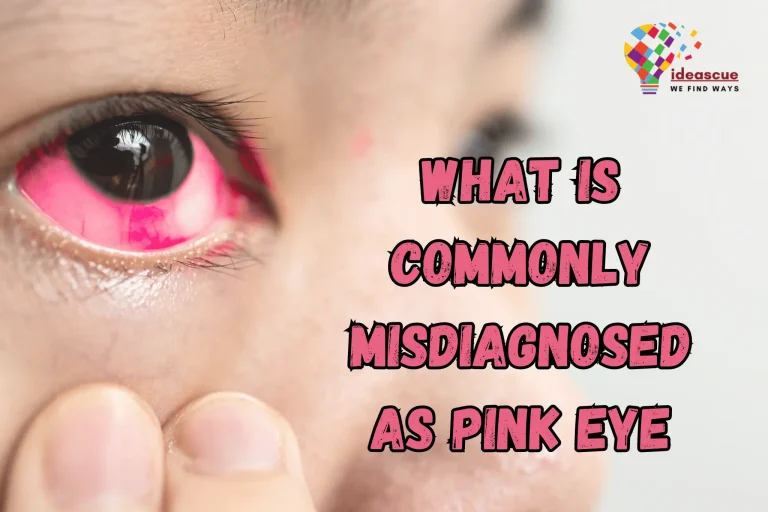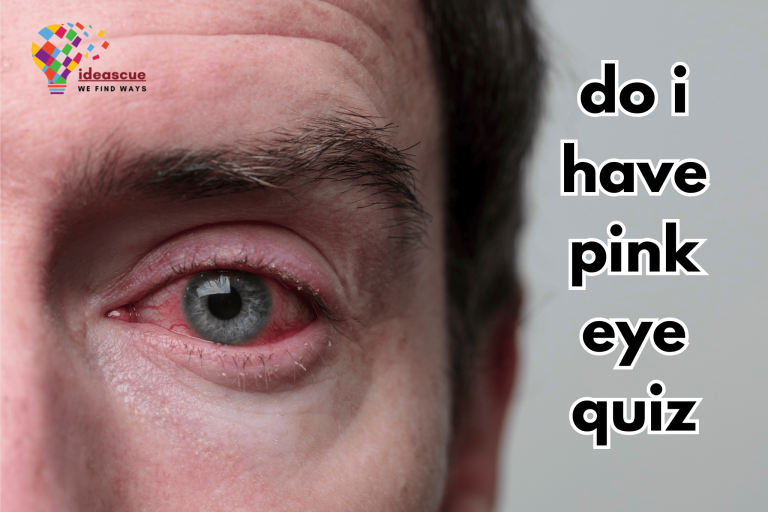Are Teeth Supposed to Be White? Dental Insight
Intro
When it comes to dental aesthetics, the concept of a “perfect smile” often centers on having pearly white teeth. But are teeth supposed to be naturally white? Let’s dive deep into the colors of teeth, the reasons behind them, and the truth about tooth whiteness.
Are Teeth Supposed to be White?
Naturally, teeth aren’t typically pure white. They come in a spectrum of shades, often veering towards off-white or slightly yellowish. This hue is determined by the thickness and quality of the enamel, as well as the color of the dentin beneath. It’s essential to understand that variations in tooth color are perfectly normal and often genetic.
Why are Teeth White?
Teeth are naturally inclined towards a white appearance primarily due to the enamel, the outermost layer of a tooth. This enamel reflects and scatters light, giving teeth their white hue.
However, beneath the enamel is dentin, a slightly yellowish tissue, which can influence the overall shade. Together, these layers determine the tooth’s color, making them typically off-white to slightly yellow.
Natural Color Shades For Teeth
Teeth naturally come in a spectrum of shades, not just the gleaming white often depicted in media. Most individuals have teeth that lean towards off-white or have a slight yellowish hue. Genetics, dietary habits, and overall dental hygiene influence these colors. It’s crucial to understand that these variations in shades are entirely normal and often represent healthy teeth.
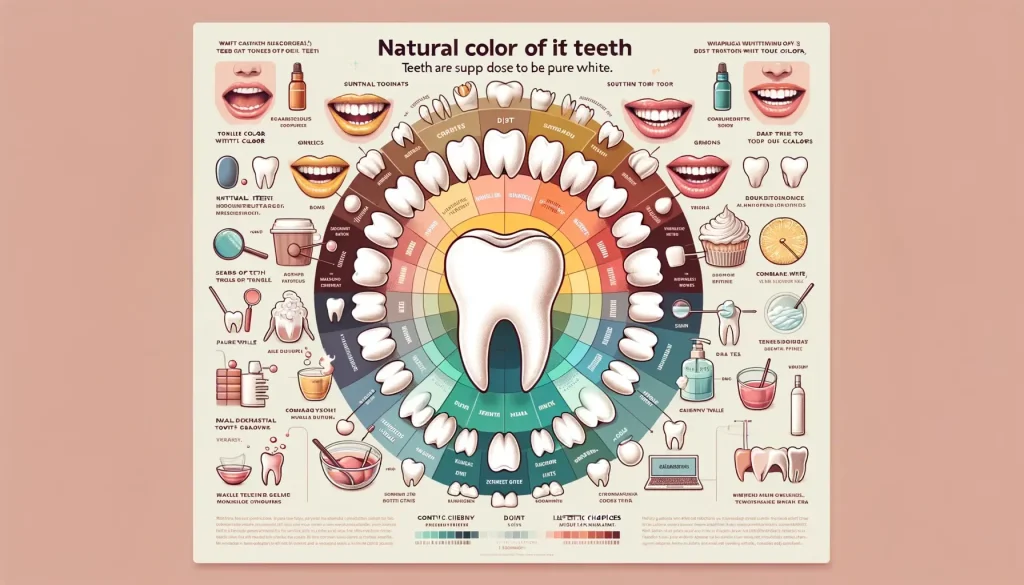
Tooth Brushing Isn’t Meant to Whiten Teeth
While brushing keeps teeth clean and removes superficial stains, it isn’t designed to change their natural color. Brushing helps remove plaque, prevent cavities, and maintain overall oral health. Consequently, it’s essential to focus on thorough cleaning rather than just seeking whiteness.
What Happens If You Whiten Too Much?
Over-whitening teeth can lead to enamel erosion, making teeth more susceptible to damage and decay. This erosion can cause increased sensitivity to hot and cold, and in extreme cases, teeth may develop an unnatural bluish hue. It’s essential to use teeth-whitening products judiciously and under a dentist’s guidance.
What Causes Tooth Discoloration?
Tooth discoloration can arise from various factors. External sources such as coffee, tea, and tobacco can stain the enamel.
External Stains — Consuming beverages like coffee and tea or using tobacco products.
Aging — Over time, enamel wears down and reveals the yellower dentin beneath.
Trauma — Injuries can cause internal tooth damage, leading to discoloration.
Medications — Certain drugs, like tetracycline, can darken teeth when taken during tooth development.
What Color is a Healthy Smile?
A healthy smile isn’t solely defined by its color. Naturally, teeth can range from off-white to light yellow natural teeth, with the key factor being the absence of cavities and infections.
Proper oral hygiene and regular dental check-ups are paramount to ensuring the health of one’s teeth, regardless of their shade.
Tooth color isn’t always an indicator of health. Even yellow teeth can be healthy if properly cared for.
Tips for Maintaining a Bright, Healthy Smile
Regular dental check-ups, avoiding stain-causing foods, and using dentist-recommended toothpaste can help maintain a bright smile.
- Avoid Stain-causing Foods and Drinks: Limit coffee, tea, red wine, and dark berries.
- Use Dentist-recommended Toothpaste: Opt for toothpastes that help reduce stains and strengthen enamel.
- Drink with a Straw – This can minimize contact between staining liquids and your teeth.
- Quit Smoking – Tobacco can lead to yellowed and stained teeth.
- Rinse After Eating — Especially if you’ve consumed something acidic or staining.
- Floss Daily — This helps to remove particles between teeth that can cause discoloration.
- Limit Sugary Foods and Drinks — Sugar can erode enamel and lead to cavities.
- Chew Sugar-free Gum: Stimulates saliva production, which helps cleanse the mouth.
- Stay Hydrated: Drinking water frequently helps wash away food particles and bacteria.
- Consider Dental Cleanings: Professional cleanings can help remove surface stains and tartar build-up.
Visit your dentist every six months or as recommended.
How to Achieve a Brighter Smile?
Achieving a brighter smile often begins with regular brushing and flossing. Moreover, dental check-ups to ensure oral health. Limiting the intake of stain-causing substances like coffee and tobacco can prevent discoloration.
Additionally, professional treatments, such as teeth whitening or veneers and braces, can enhance the natural brilliance of one’s teeth.
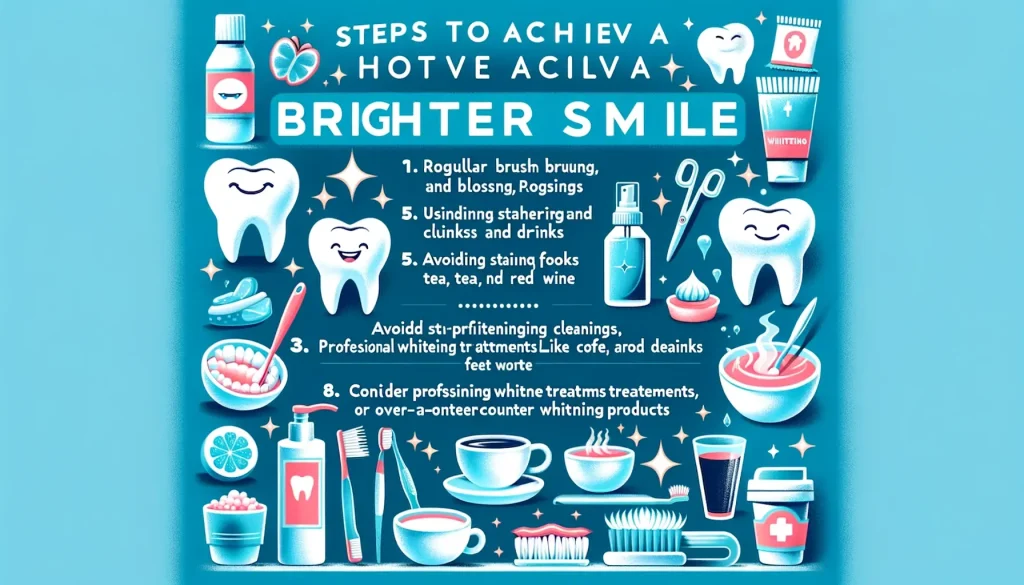
How to Reduce Future Yellowing?
To mitigate future yellowing of teeth, it’s vital to integrate preventive measures into daily routines. Consistent oral hygiene practices, along with avoiding stain-causing agents, play pivotal roles in maintaining a brighter smile.
Key Points to Reduce Future Yellowing:
- Maintain regular dental check-ups.
- Limit consumption of staining foods and drinks, such as coffee and red wine.
- Use dentist-recommended toothpaste designed to combat stains.
- Opt for drinking through a straw to minimize direct contact with staining liquids.
- Abstain from smoking or using tobacco products.
- Rinse your mouth after eating, especially after consuming acidic or colored foods.
- Make flossing a daily habit.
- Limit sugary and acidic foods that can erode enamel.
- Stay hydrated to cleanse the mouth naturally.
- Consider periodic professional dental cleanings for a deeper cleanse.
FAQs
Conclusion:
While society often portrays a perfect smile as gleaming white, it’s essential to remember that teeth come in various natural shades. Prioritizing dental health over aesthetics ensures a charming smile.
A beautifully healthy smile is about more than just color. By understanding the nuances behind teeth shades and prioritizing health, you can confidently flash your natural, radiant smile.


